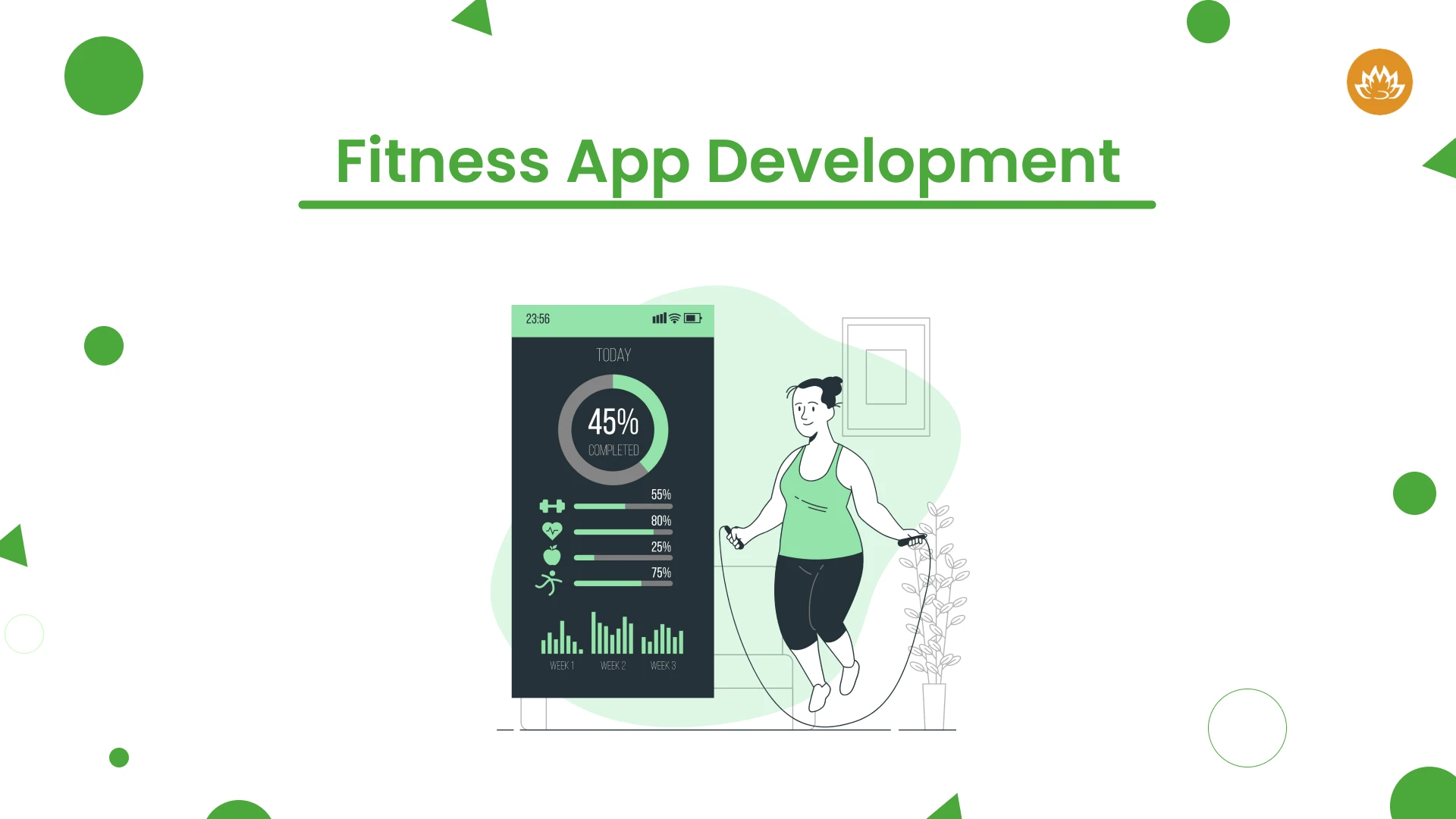The efficiency of apps for mobile devices is essential. It is now an element of our daily lives. We’re also considering the essential mobile app KPI’s that can aid in its success. This is one of the most crucial steps to be taken as it lets you create a plan. It lets you find the loopholes and reach the desired goals.
This article will present you with a range of indicators or KPIs that can assist you in evaluating how well your mobile app is. Here are some measurable KPI’s provided by experts in the field that will make it easier for you to determine if your application is moving in the right direction or not. Let’s get started.
Top KPIs To Measure Mobile App Success
Here, we’ll get to the top KPIs that show whether your mobile application works as per your requirements or not. Let’s begin.
1. User Acquisition
The process of getting new users to download and install your mobile app. This KPI will determine how effective your marketing and advertising efforts are. It is crucial to track the number of new users you’ve acquired over a specific time frame in addition to the costs per acquisition (CPA). If you monitor the acquisition of users and the channels that are used to gain customers, you will be able to identify the channels for marketing that bring in the most downloads and then adjust your marketing strategies in line with them.
2. App Downloads
App downloads are a crucial KPI which measures the amount of times your app was used and downloaded by customers. This measure helps you comprehend the reach and popularity of your mobile application. The ability to track downloads of apps lets you evaluate the performance of your campaigns to promote your app and pinpoint areas for improvement.
3. User Retention
The percentage of users who remain loyal to your application’s features is the percentage of users who utilize your application for a specified amount of time. It’s a key indicator of the app’s durability and also the level of satisfaction of its users. If you can track the retention of users, it’s possible to detect any issues in the performance of your app or usability which could cause users to cease using your application. It is vital to improve retention in order to improve the value of your app’s users.
4. Session Length
The length of a session is the measurement of how long users utilize your application during every session. It evaluates the level of interaction between users and the value your app can offer users. A longer time frame indicates that users appreciate the app, are satisfied with it and find it interesting, while shorter periods could be a sign of a lack of interest or difficulties in accessibility. If you look at the length of your sessions, you can identify areas of improvement and enhance your app in order to improve the number of people who are actively engaged.
5. Daily Active Users (DAU)
The Daily Active User (DAU) is the measurement of the number of people who use your app frequently. DAU is an important indicator of the app’s success and durability of your application. If you monitor DAU, it is aware of patterns in the user’s engagement and implements data-driven strategies to improve user retention and app performance.
6. Monthly Active Users (MAU)
Monthly Active Users (MAU) is a measure of the amount of people who use your app regularly. MAU provides a better understanding of the amount of engagement that users feel with your app. It also assists in understanding how much time your app is getting. If you compare DAU by using MAU, you can assess the level of engagement your app has and determine areas where you can improve.
7. Conversion Rate
Conversion rate is the percentage of users who take the actions you want to see them take within the application, for example, buying an item or signing up for an electronic newsletter. It’s a key indicator of the quality and ease of use of the interface that your app provides and encourages users to perform the actions. If you track the conversion rate, you’ll be able to identify any barriers and frictions that might hinder users from performing the desired actions and then optimize your app to boost the conversion rate.
8. Revenue
Revenue is an important KPI to gauge the financial performance of your mobile app. It’s the amount of money that is generated through advertisements, in-app purchases, subscriptions or other methods of revenue monetization. By tracking revenues, you will be able to evaluate the efficiency of your application and make informed decisions to increase the potential for monetization.
10. App Store Ratings and Reviews
Reviews and ratings on the App Store provide invaluable feedback from users about their experience with your app. Ratings and reviews that are positive reflect the level of satisfaction that users have, while negative reviews and ratings reveal areas for improvement. If you keep track of reviews and ratings of apps, you’ll learn about what users’ preferences are, identify bugs or problems that affect usability, and then make necessary adjustments to improve user experience.
Final Thoughts
Author
-

Kirtan is CEO of Whitelotus Corporation, an emerging tech agency aimed to empower startups and enterprises around the world by its digital software solutions such as mobile and web applications. As a CEO, he plays key role in business development by bringing innovation through latest technical service offering, creating various strategic partnerships, and help build company's global reputation by delivering excellence to customers.
View all posts













